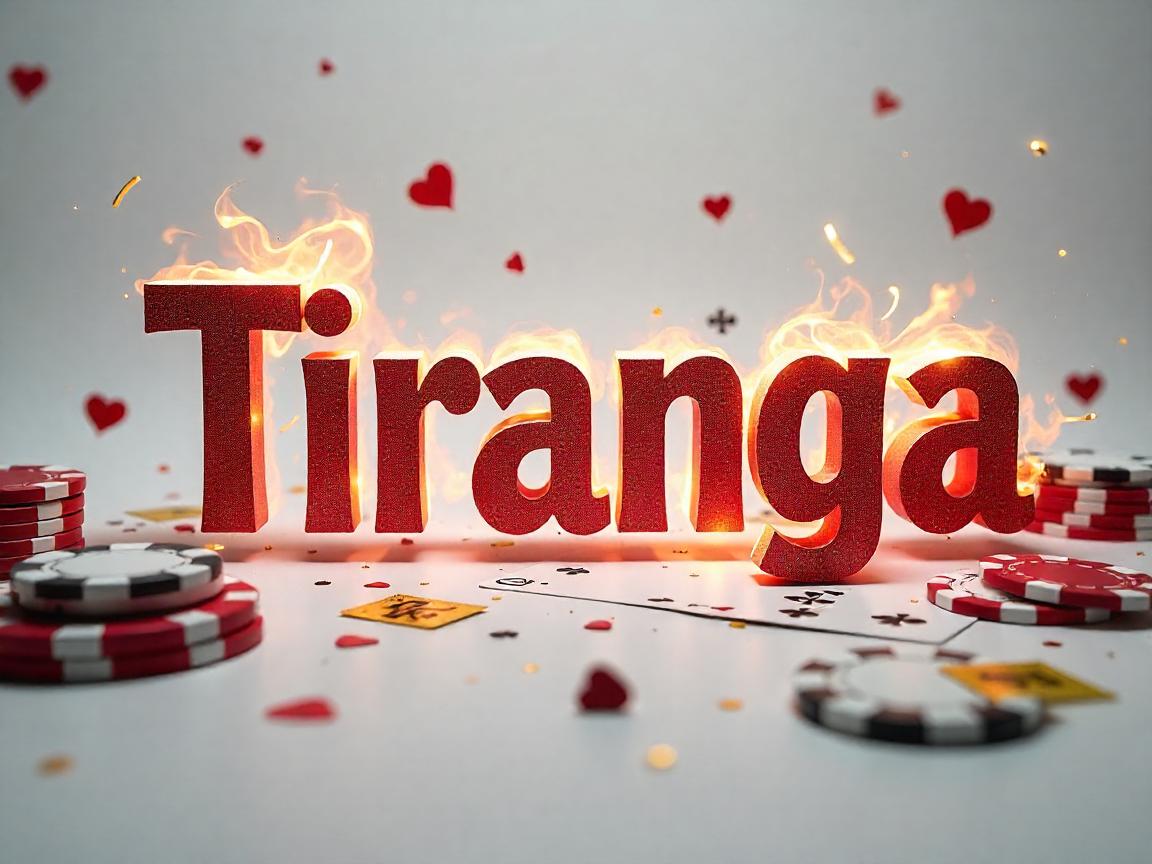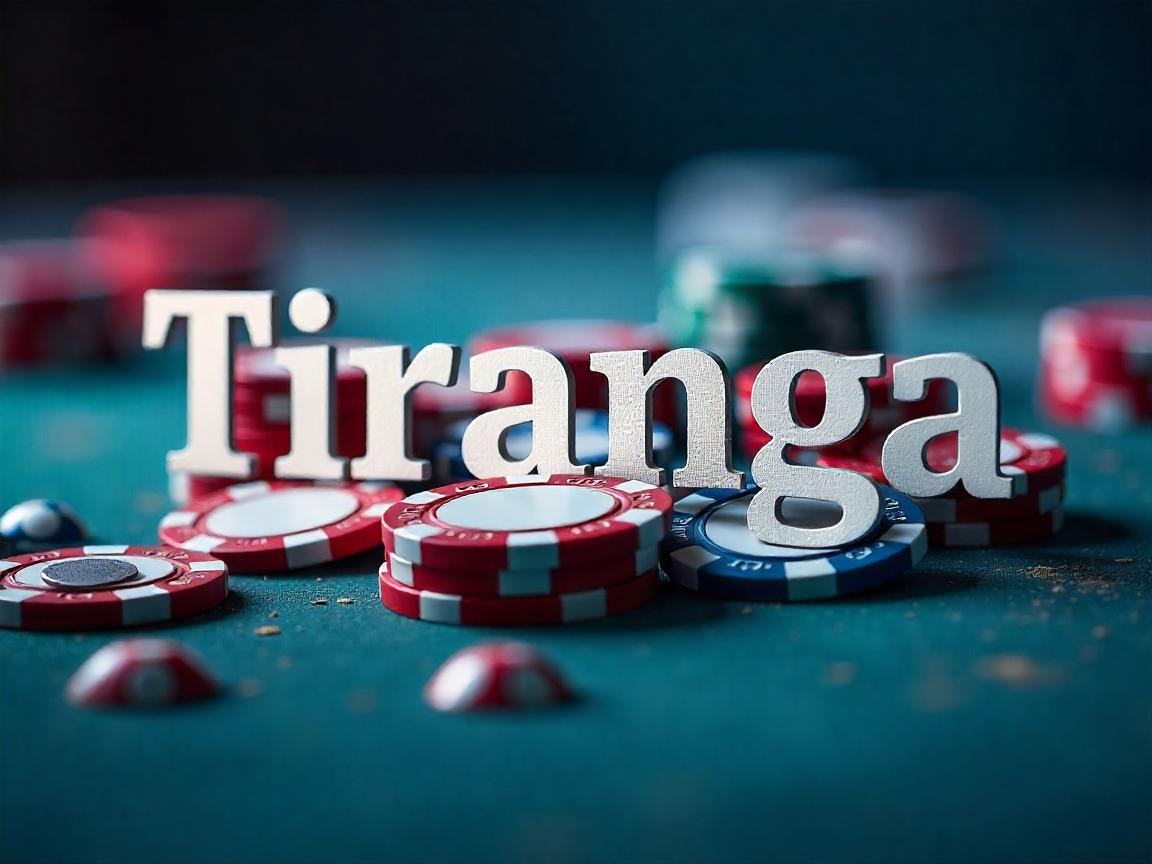
Hello, other players! Living and breathing gaming, you most likely know about the DG Club. If not, be ready as you will soon be delving into one of the most fascinating gaming challenges available. The Ultimate Gaming Challenge presented by the DG Club is not for the timid. It tests aptitude, strategy, and pure will. So grab your controller, get your game headset, and let’s discuss this great challenge. Could you outplay these five games? Let’s investigate!
DG Club: What is it?
Let’s start with the DG Club before we go into the specifics of the task. This is not ordinary gaming community; it’s a gathering of driven players that live on rivalry, friendship, and pushing their boundaries. Among the most exciting gaming events the platform’s hosts is their Ultimate Gaming Challenge; it is the crown gem. The app provides something for everyone regardless of your level of play—casual or extreme.
The Ultimate Gaming Challenge
The Ultimate Gaming Challenge from the DG Club consists of five games meant to evaluate all facets of your gaming ability. These carefully chosen games range in speed from reflexes to strategic thinking to challenge you to your limits. The best thing is Participating does not need you to be a pro. The DG Club invites all kinds of players. But be advised—this is not a stroll in the park.
The 5 Games you Must Beat
Alright, let us now focus on the worthwhile material. The DG Club’s Ultimate Gaming Challenge consists of five games:
- Reflex Racer’s Speed Sprint
This intense racing game is mostly on speed and accuracy. You’re toast one incorrect turn. The app has set a very tough time to beat, hence you will have to focus your inner speed demon to win.
- Stealth Operations Shadow Strike
Are you equipped to be a stealth master? This game will test your stealth ability. The app has added additional levels of challenge; hence, when you negotiate enemy territory, anticipate to sweat.
- Puzzle Panic: Burner for Brain Work
This one is for you if you like puzzles. Still, be not misled; this is not your typical brain teaser. Levels created by the app will cause whirl-around in your skull. Are they all solvable before time runs out?
- Last Stand Battle Royale
Here things become very hot. You will square against some of the strongest opponent the DG Club has to offer in this combat royale. Only the toughest will endure. Are you ready for the battle your life will present?
- Classic Clash: Retro Rumble
Alert: nostalgia! This game transports you to a gaming golden period. But don’t let the antique designs fool you; the app has included contemporary elements to keep you on alert.
Why Participate in the Challenge of DG Club
Thus, why should you accept the Ultimate Gaming Challenge of https://dg-club.co.in/? Here are a few justifications:
- Bragging Rights: Overcome the difficulty, and the gaming community will start to really bragg about you.
- Exclusive Rewards: For those who meet the challenge, the platform presents great awards. Think gear, gift cards, and more.
- Community Energy: Joining the DG Club means joining a dynamic, encouraging community of gamers.
Advice on the Challenge of the DG Club
Startled? Not need for concern; we have your back covered. These pointers can assist you to break the Ultimate Gaming Challenge of DG Club:
- Practice Perfect: Before jumping into the challenge, spend time honing every game.
- Maintaining Composure Under Duress: Keep your calm even with high stakes.
- Study under the Pros: See elite DG Club players’ gaming videos for inspiration.
Take breaks; you really should relax. Success mostly depends on a fresh thinking.

Are you Ready to Join the DG Club?
The Ultimate Gaming Challenge from the DG Club is a journey rather than simply a test of ability. This challenge has something for everyone regardless of experience level in gaming. What then are you expecting? Join now, push yourself, and show everyone you have it to be a gaming legend.
Remember, the app is about the excitement of the game, the connections you form, and the experiences you make not just about winning. So be ready, play on, and present to the world what you are created of. The DG Club awaits you.
Read more: https://megawheelscasino.top/








